#dr. Martin Luther king jr
Explore tagged Tumblr posts
Text
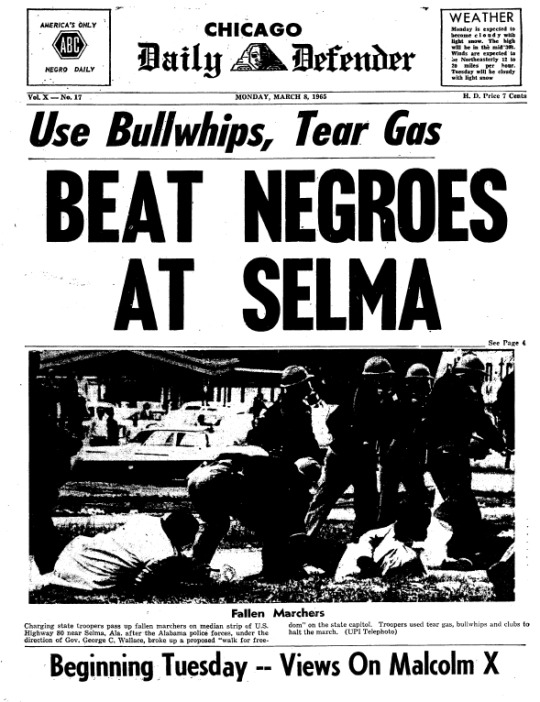
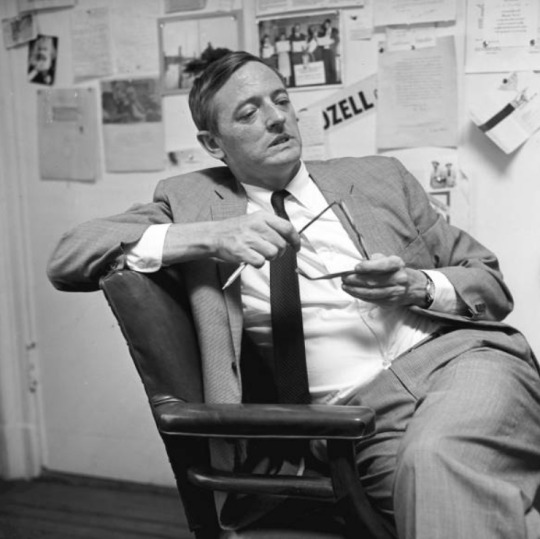

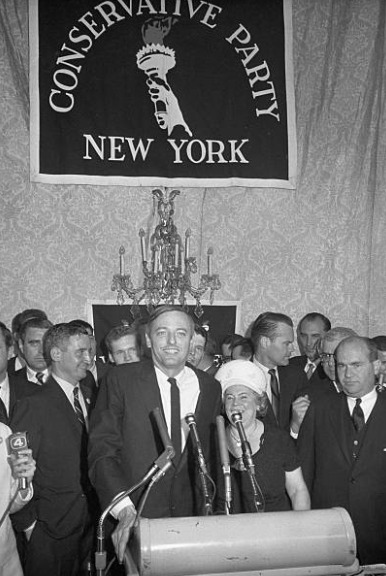
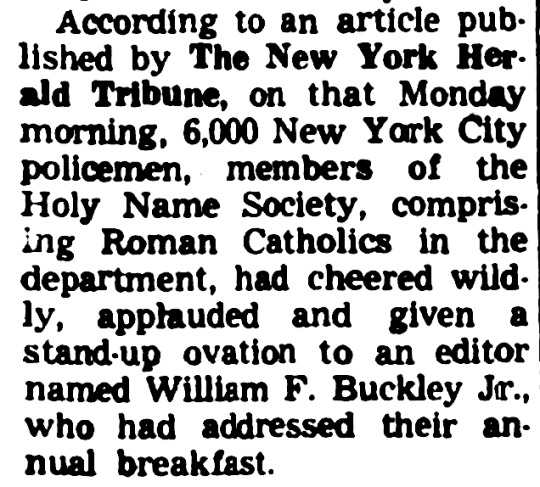
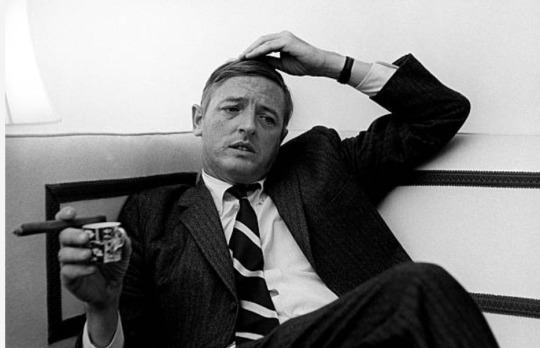
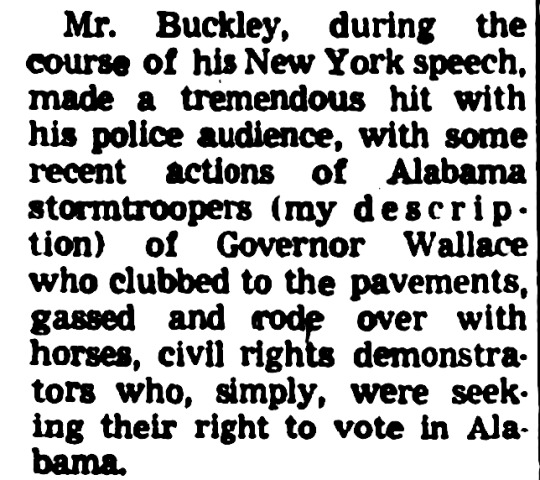

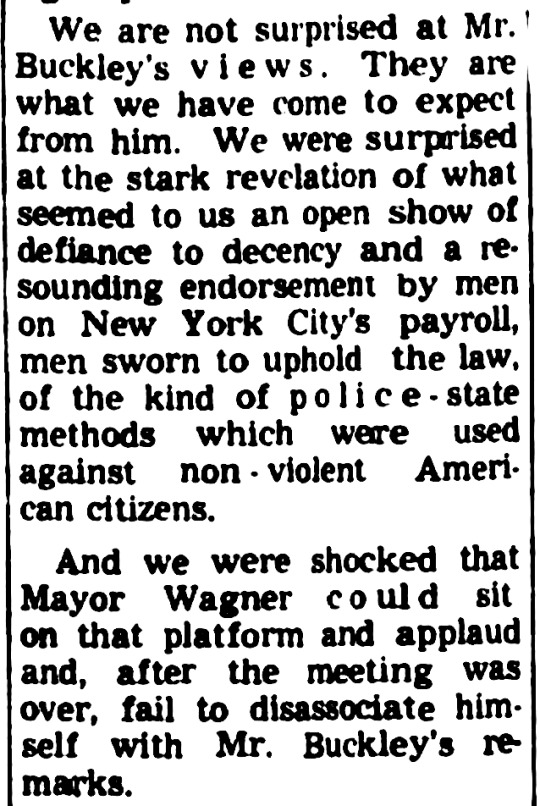
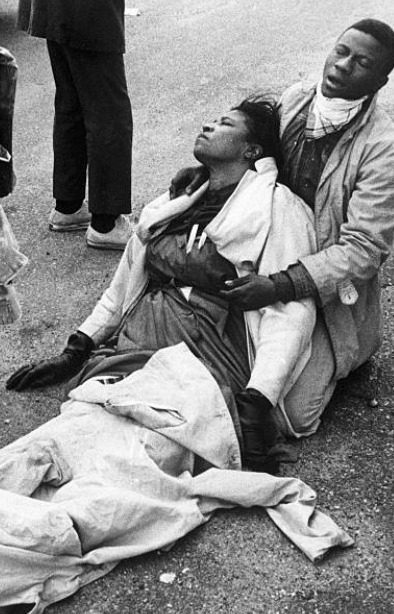
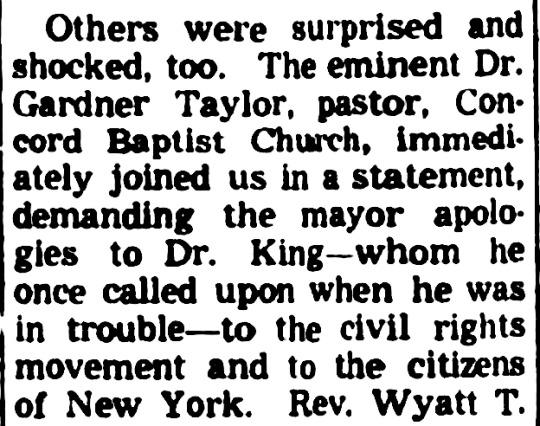
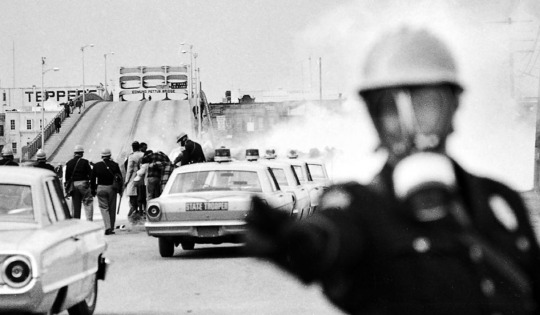
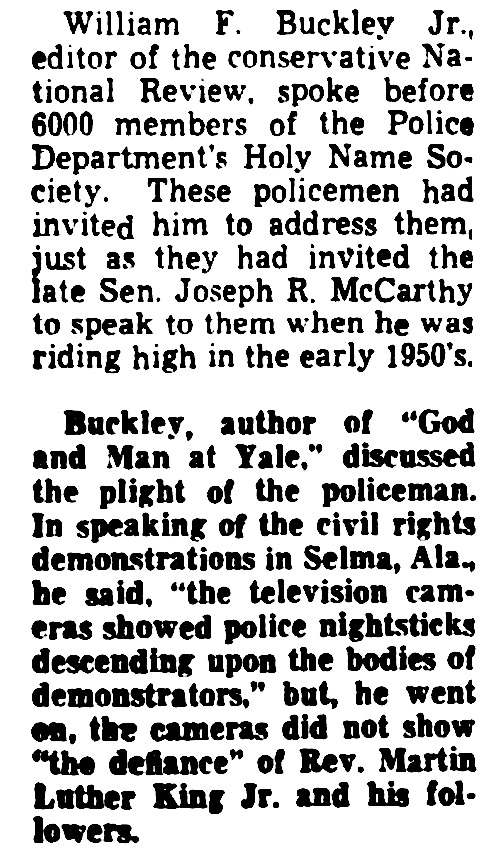

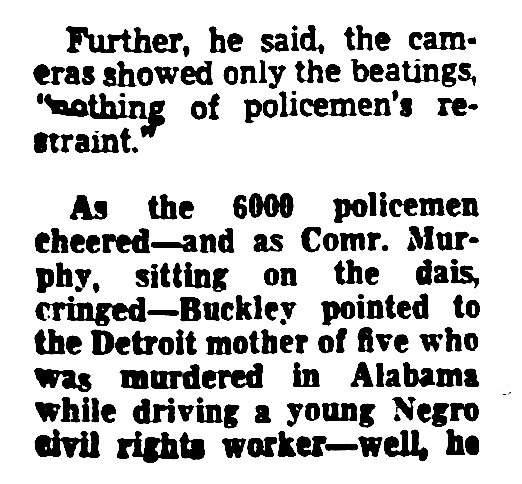



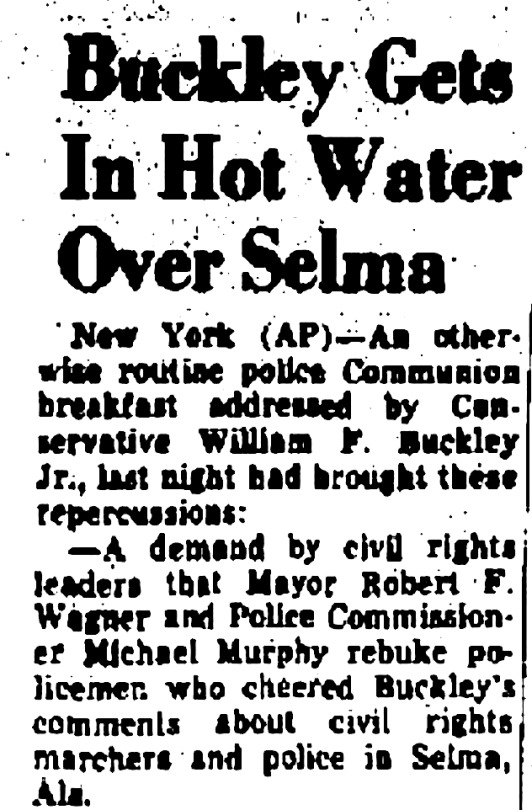
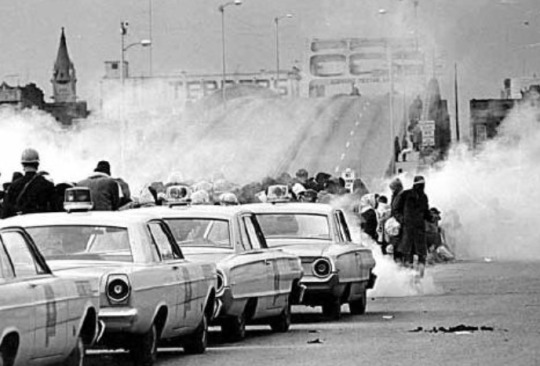
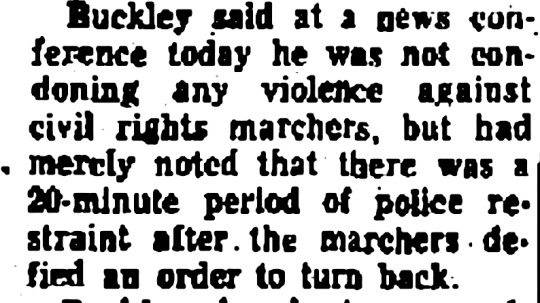

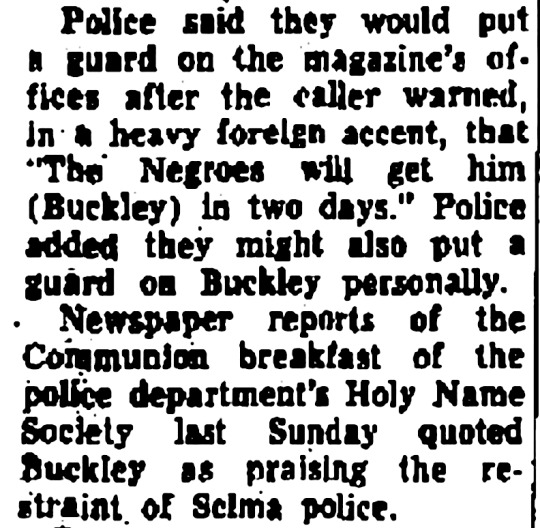

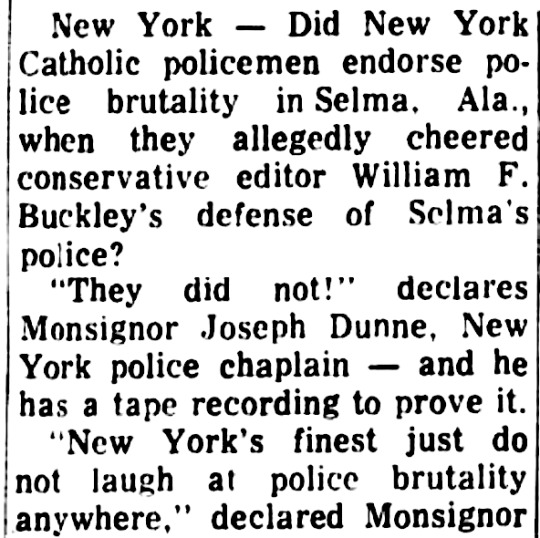
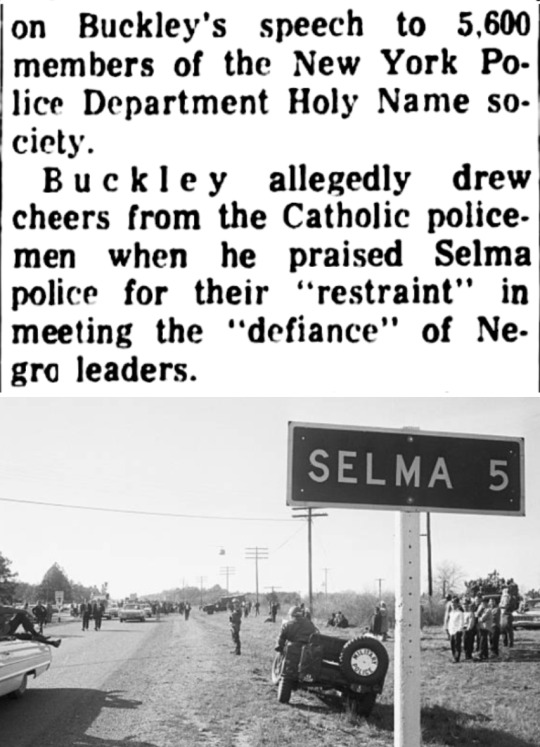
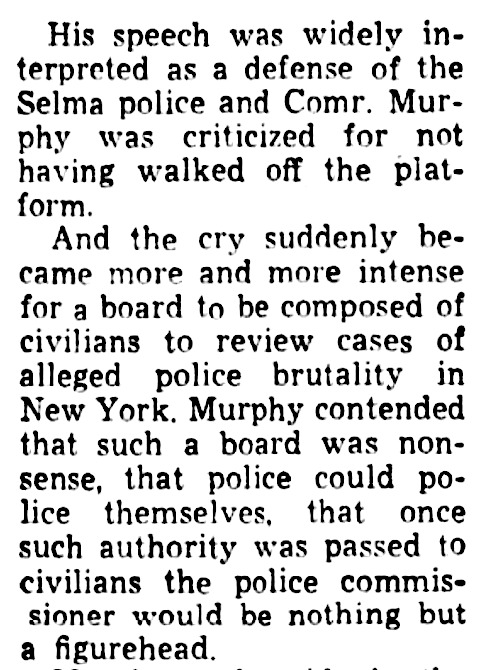
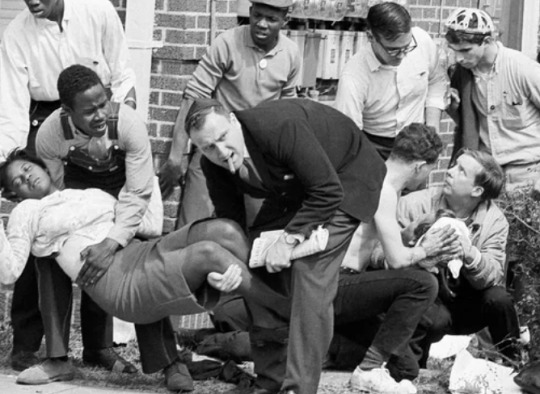
1965.
Conservative mouthpiece William F. Buckley said the police brutality against Civil Rights Marchers in Selma, Alabama was justified.
94 notes
·
View notes
Text
youtube
RUSTIN | Official Teaser Trailer
The architect of 1963’s momentous March on Washington, Bayard Rustin was one of the greatest activists and organizers the world has ever known. He challenged authority, never apologized for who he was, what he believed, or who he desired. And he did not back down. He made history, and in turn, he was forgotten. Directed by DGA award and five-time Tony award winner George C. Wolfe and starring Emmy award winner Colman Domingo, Rustin shines a long overdue spotlight on the extraordinary man who, alongside giants like the Reverend Martin Luther King Jr., Adam Clayton Powell Jr., and Ella Baker, dared to imagine a different world, and inspired a movement in a march toward freedom.
Produced by Academy award winner Bruce Cohen, Higher Ground's Tonia Davis and George C. Wolfe.
#Rustin#Bayard Rustin#Colman Domingo#George C. Wolfe#Chris Rock#Glynn Turman#Jeffrey Wright#Audra McDonald#movie trailer#Dr. Martin Luther King Jr#Adam Clayton Powell Jr.#Ella Baker#Youtube
50 notes
·
View notes
Text
By: Grayson Slover
Published: Feb 5, 2024
“This is a revolution to get in…Revolutions have been centered on destroying something. Whereas in this revolution the quest is for the Negro to get into the stream of American life.”
When Dr. Martin Luther King Jr. made the above observation in 1965, the Civil Rights Movement had just achieved two monumental victories in the “revolution to get in”: The Civil Rights Act of 1964, and the Voting Rights Act of 1965. It had also, however, been forced to reckon with events that suggested these legislative victories might not be enough. The day after the Voting Rights Act was signed into law, the Los Angeles neighborhood of Watts was decimated by riots sparked after a young black man, in the course of resisting arrest for drunk driving, was struck in the face with a police baton and the confrontation with onlookers escalated. Over the following four summers, similar racially-charged riots broke out in virtually every major northern city across the United States.
Meanwhile, Dr. King and the other leaders of the Civil Rights Movement were confronted with their first organized challenge for leadership of the movement against racism in America. In 1966, the truly revolutionary (and often violent) Black Power movement burst onto the scene, insisting that the goal of a harmonious and equal relationship between the races in America was a farce. According to them, what the Civil Rights Movement upheld as achievements were in fact trivial and superficial changes that served to maintain an indelibly white supremacist American government.
Despite all of this, the majority of black Americans remained convinced that MLK’s message was the right one. A 1968 study of fifteen northern cities showed that 72 percent of black northerners approved of Martin Luther King and just 5 percent disapproved of him. In the same study, the most well-known leader in the Black Power movement, Stokely Carmichael, received only a 14 percent approval rating and a 35 percent disapproval rating; more than a quarter of respondents had never heard of him. Similarly, a 1966 survey of black Americans found that a mere five percent approved of “Black Nationalism,” while 63 percent disapproved.
One might assume that the discourse around racial justice in America today, six decades later, would more closely resemble the philosophy of MLK than of Stokely Carmichael. If most black Americans were still supportive of Dr. King’s hopeful message of racial integration even during the tumultuous late 1960s, then surely they—and indeed most Americans of all races—would continue to support Dr. King’s dream today. Unfortunately, that is not the case, as author Coleman Hughes explains in his incisive new book The End of Race Politics: Arguments for a Colorblind America. In fact, in many parts of American society, the socially acceptable opinions on race today are strikingly similar to those of the Black Power movement that Dr. King fought so hard to oppose.
The simplest way to describe Hughes’ book is an unfortunately necessary defense of the philosophy and legacy of the Civil Rights movement, and Dr. King in particular. As Hughes points out, today’s self-described “anti-racists”—whom he calls “neoracists”—attempt to trade on the legacy of Dr. King while spurning his philosophy. They will misleadingly claim, without evidence, that Dr. King was a radical, and that his legacy has been, in Hughes’s words, “sanitized, co-opted, and weaponized by conservatives and moderates.” They try to decouple Dr. King’s ideas—which they dismiss outright as mischaracterizations by (white) conservatives and moderates—from Dr. King the historical figure, whose legacy is rightly untouchable in America today.
Take for example the concept of racial “colorblindness.” Today, we are hearing the term “colorblind” in the context of race to describe what critics deem the outdated and naive attitude that well-meaning but ignorant white people have toward people of different races—or worse, a smokescreen that racists use to mask their goal of maintaining white supremacy. In his book Racism without Racists: Color-blind Racism and the Persistence of Racial Inequality in America, law professor and critical race theorist Eduardo Bonilla-Silva defines “color-blind racism” as “a new racial ideology” that “explains [and justifies] contemporary racial inequality as the outcome of nonracial dynamics…the product of market dynamics, naturally occurring phenomena, and blacks’ imputed cultural limitations.”
The neoracists, like the Black Power activists decades ago—and, Hughes observes, like old-school white supremacists—believe that “race matters in a deep and enduring way.” They argue that the antidote to colorblind racism is “race-consciousness,” which they promote in every facet of life: from school admissions, to hiring practices, down to everyday interpersonal relationships. Failing to focus on race at all times and in every context, they claim, is to fail to recognize the racism that is ubiquitous in American society and baked into the foundation of all our institutions.
Yet Hughes reminds us that the colorblind approach to race that has become so controversial today is in truth what the heroes of the Civil Rights movement risked their lives fighting for. It is precisely what Dr. King promoted in his legendary “I Have a Dream” speech. Colorblindness, Hughes states simply, “is the philosophy that we should treat people—both in our private lives and in our public policy—without regard to race.” The colorblind approach is different from “not seeing color,” which Hughes correctly explains is a caricature that critics use to dismiss the idea as superficial and obtuse. Far from ignoring racism where it exists, Hughes aptly notes that the very concept of racism—defined as prejudice based on skin color—is meaningless unless it is measured against a standard of “race neutrality” or colorblindness.
The “real problem of racism in America,” Hughes tells us, is that “our society keeps failing to enshrine colorblindness as its guiding ethos.” Starting from the founding of this nation, through the inadequacies of Reconstruction, but also to the systematic restructuring of public policy to take undue account of the race, color, and national origin of individuals that ensued after the passage of the Civil Rights Act of 1964—which expressly prohibited the drawing of such distinctions between individuals—all the way to today, our leaders have consistently chosen to turn away from the ideal of treating individuals as individuals rather than members of racial or ethnic groups. To finally solve this problem, Hughes proposes that we “embrace our common humanity and the colorblind philosophy that follows from it. We need to embody that philosophy in race neutral public policies. And we need to strive to ensure that our personal relationships don’t get infected with toxic race thinking of any sort.”
The most illustrative difference between the neoracists and what could be called the “real antiracists” (the advocates of colorblindness) is the type of society they wish to create. We can leave aside for now good-faith disagreements on how big of a problem racism still is in America, or on how close we are to reaching that ideal society. What truly separates the two camps is what each thinks the ideal society should be. For the colorblindness advocates, we wish to live in a society where racial differences have ceased to carry any social or political meaning; a society in which racial differences are treated the same way as we treat differences in hair color today, to borrow a line from Sam Harris. The neoracists, on the other hand, believe that it is either impossible or undesirable for a society to transcend racial differences. According to them, race will always be a central and determinative feature of any society and in the lives of individuals within that society.
When the two philosophies are compared in this way, I believe that the vast majority of Americans still instinctively align with the optimistic goals of colorblindness. Like Dr. King and the other liberal Civil Rights leaders, they are eager allies in the “revolution to get in,” to extend the promise of America to all of the people who have historically been excluded from it. The hopeless worldview of the neoracists and traditional racial supremacists alike is bound to fail if people are able to understand and recognize the ideas that comprise it. To bring about the ideal colorblind society will be a challenge, but it’s a challenge worth the effort, and The End of Race Politics provides a compelling blueprint for taking it on.
#Grayson Slover#Coleman Hughes#colorblindness#colorblind#color blindness#color blind#antiracism#antiracism as religion#neoracism#Dr. Martin Luther King Jr#Martin Luther King Jr#MLK Jr#Civil Rights Movement#racism#religion is a mental illness
2 notes
·
View notes
Text
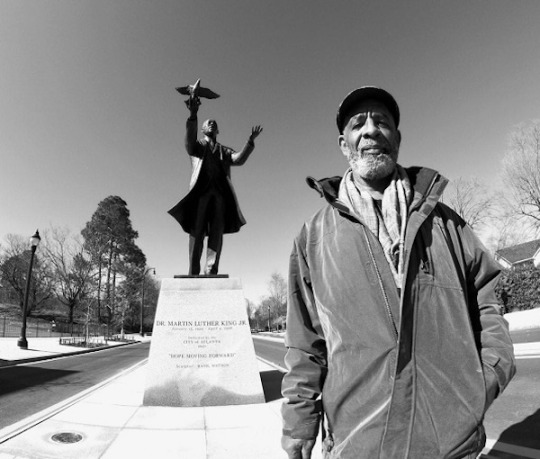

Dr. Martin Luther King, Jr.
Top: Martin Luther King Jr. National Historical Park, Atlanta with sculptor Basil Watson
Bottom: The Stone of Hope - Library of Congress in West Potomac Park next to the National Mall in Washington, D.C.
2 notes
·
View notes
Text
Romans 12:17-21
Missouri minister William Hooper tells a story about a mother working in the kitchen and hearing her 7 year-old son screaming at the top of lungs. When she ran into the next room to see what was wrong, she discovered her 2 year-old daughter was pulling her brother’s hair. After unclenching the baby’s hand she says to her son who’s very angry, “You have to overlook this. Your sister doesn’t know…

View On WordPress
#PassageToPonder#A Passage to Ponder#Dr. Martin Luther King Jr#Max Lucado#Paul Earnhart#Warren Wiersbe#William Hooper
0 notes
Text
The Power of Righteous Action: Embracing Martin Luther King Jr.'s Words
Written by Delvin Welcome to a motivating Saturday! Today, we draw inspiration from the timeless words of Martin Luther King Jr.: “The time is always right to do what is right.” These words serve as a reminder that we each hold the power to make a positive impact, regardless of the circumstances or challenges we face. Join us as we explore the significance of taking righteous action and creating…
View On WordPress
#Blogging#dailyprompt#Dr. Martin Luther King Jr#Embrace Moral Responsibility#Fresh start#Friday Motivation#Happy Saturday#Inspiring other#Mental Health#Mental Wellness#Morning Motivation#motivation#Motivational#New Day#Overcoming Fear and Resistance#Positivity#Self Care#Small Acts of Kindness
1 note
·
View note
Text





Martin Luther King Jr. playing baseball with his children Martin Luther King III and Yolanda King in the backyard of their home in Atlanta on November 8, 1964.
Photos by Flip Schulke
#martin luther king jr#mlk#yolanda king#1964#atlanta#black fathers#1960s#vintage#african american#dr king
1K notes
·
View notes
Text

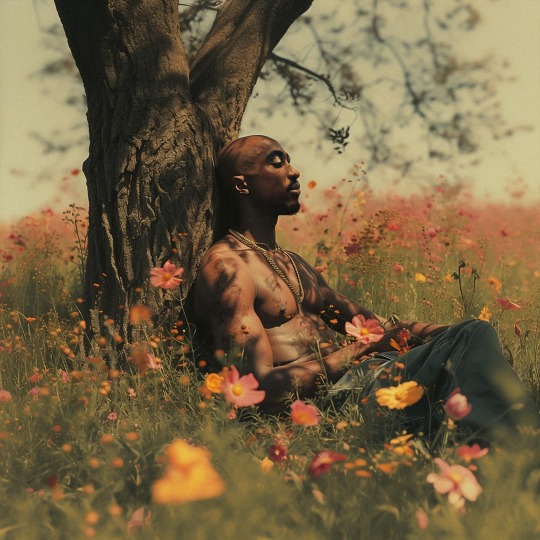

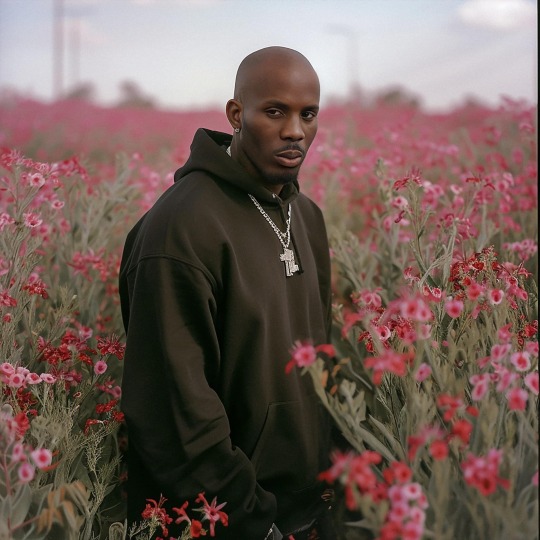
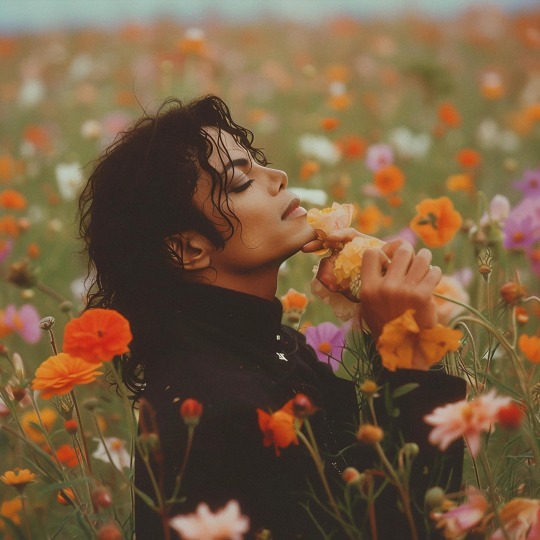
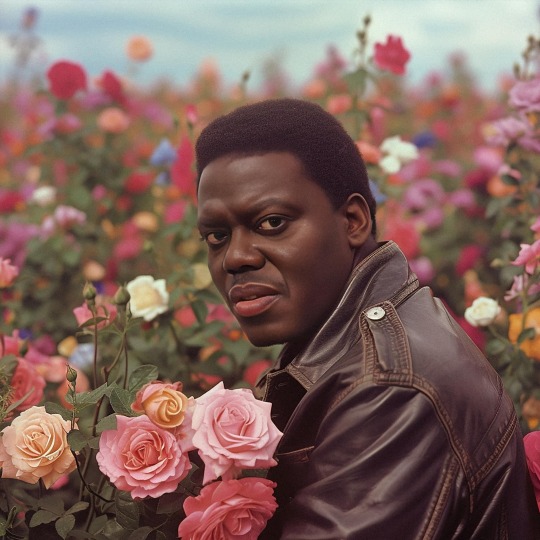
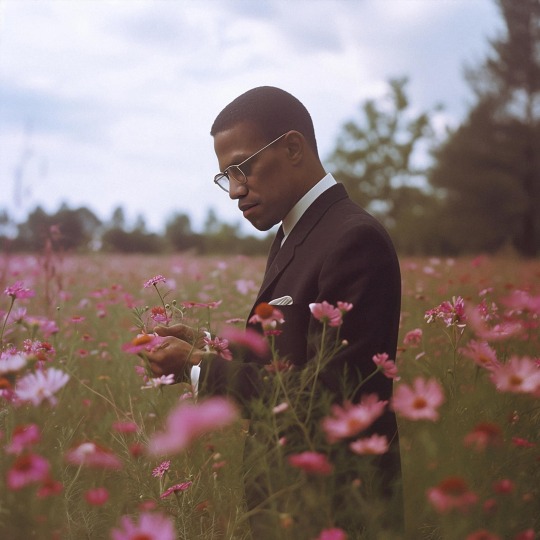

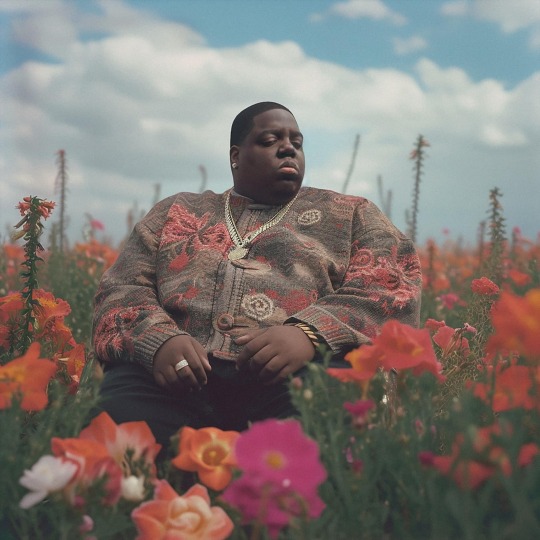
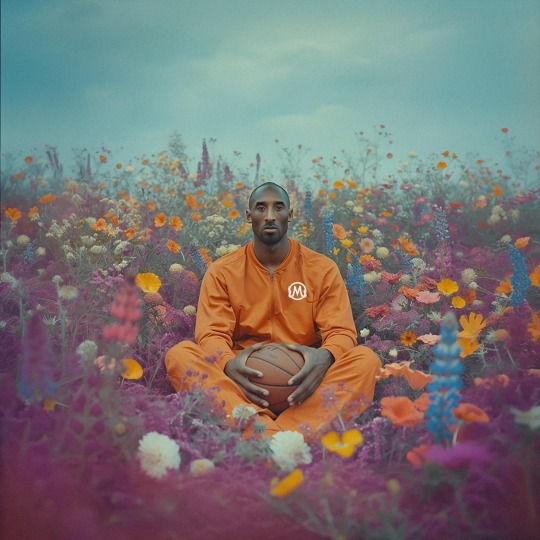
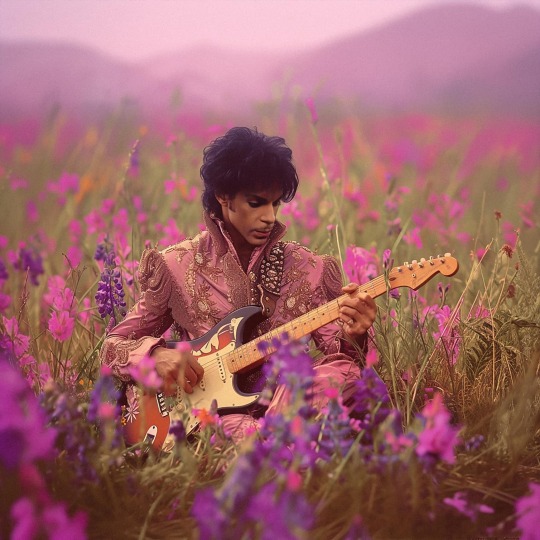
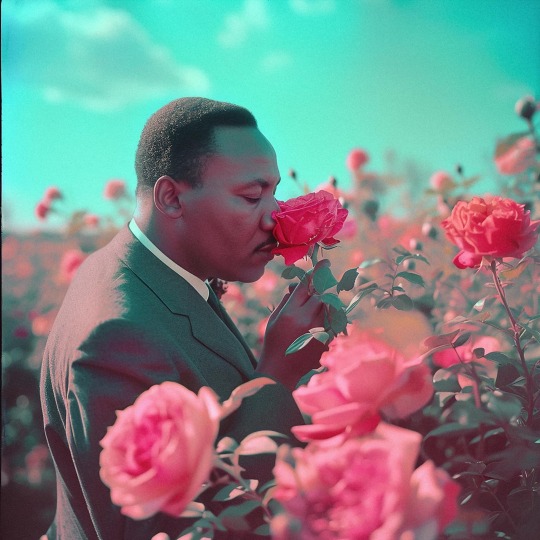

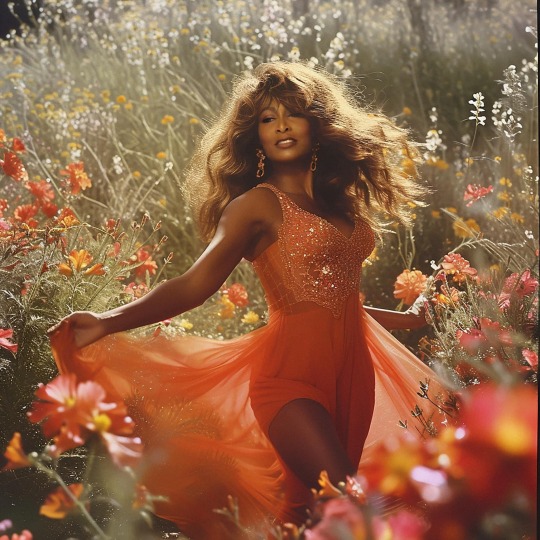
Give the greats their flowers
Art from Jay Sims via Facebook.
#aaliyah#rip aaliyah#dmx#tupac#biggie#chadwick boseman#tina turner#prince#dr martin luther king jr#kobe bryant#malcom x#bernie mac#whitney houston#lisa left eye lopes#michael jackson#ai art#roses#flowers
2K notes
·
View notes
Text
#dr. martin luther king jr.#martin luther king jr#black literature#black history#black excellence#black community#civil rights#black history is american history#civil rights movement#blackexcellence365#black tumblr
308 notes
·
View notes
Photo

On this day in 1960, Rev. Dr. Martin Luther King, Jr. was arrested for joining a sit-in protest against segregation at Rich’s Department Store in Atlanta. He was jailed along with dozens of student protestors.
While many of the students’ charges were released, Dr. King was ordered to serve a five-month prison sentence for unknowingly violating his probation from May of that year. He had been stopped by police for driving with expired tags and was issued a $25 citation for driving with an out-of-state license.
Today we honor Dr. King for fight for civil rights, and for knowing when to get into good trouble. ✊🏾
#on this day#rev. dr. martin luther king jr.#dr. martin luther king jr.#mlk#mlk jr.#civil rights#civil rights movement#good trouble
56 notes
·
View notes
Text
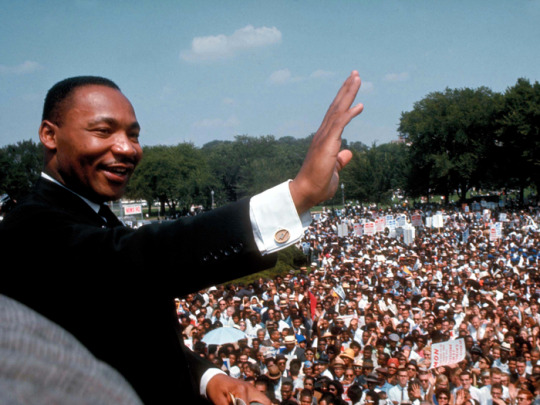
Rev. Dr. Martin Luther King Jr (1963)
184 notes
·
View notes
Text
On October 16, 1968, Black Olympic sprinters Tommie Smith and John Carlos, who engaged in a silent protest on the medal stand to bring light to the racial discrimination and violence against Black people in the U.S., were met with hostility by white supporters and the media and were eventually suspended for their protest.
The 1968 Olympics followed a summer of racial unrest and protest following the assassination of Dr. Martin Luther King Jr. in April and the murder of Robert Kennedy in June. Police violence and poverty burdened Black communities in ways that attracted international attention.
Mr. Smith and Mr. Carlos placed first and third in the 200-meter dash at the Olympic Games in Mexico City. As the U.S. national anthem played during the medal ceremony, the two men bowed their heads and raised black-gloved fists in a protest against racial discrimination in the U.S. Both men wore black socks with no shoes, and Mr. Smith also wore a black scarf around his neck. Mr. Smith raised his right fist to represent Black power, while Mr. Carlos raised his left fist to represent Black unity. Mr. Smith said his black scarf represented Black pride and their black socks without shoes signified Black poverty in America.
The following day, the U.S. Olympic Committee threatened other athletes with stern disciplinary action if they engaged in demonstrations. Acting USOC Director Everett Barnes issued a formal statement to the Olympic International Committee, condemning Mr. Smith and Mr. Carlos and claiming that the sprinters “made our country look like the devil.”
The USOC suspended Mr. Smith and Mr. Carlos from the U.S. Olympic team following a midnight meeting. In the early hours of the morning on October 18, the Committee ordered both men to vacate the Olympic village in Mexico within 48 hours.
Despite their medal-winning performances, the two athletes faced intense criticism in the media and received death threats upon returning home. At the time, their protest was wrongly perceived as a show of disrespect directed toward the American flag and national anthem.
#history#white history#us history#black history#October 16 1968#October 16#Tommie Smith#John Carlos#Dr. Martin Luther King Jr#Martin Luther King Jr#Martin Luther King#MLK#am yisrael chai#jumblr
0 notes
Text

#us politics#quotes#dr. martin luther king jr.#martin luther king jr#civil rights#civil rights movement#white citizens councilor#klu klux klan#white supremacy#white supremacists#centrists#political moderates#letter from Birmingham jail#1963
235 notes
·
View notes
Text





Stan Lee's X-Men were inspired by real-life CIVIL RIGHTS HEROES! ✊🏿
#fun fact#fun facts#trivia#comics#comic books#marvel#marvel comics#marvel comic books#marvel characters#marvel superheroes#civil rights#civil rights movement#malcolm x#mlk#mlk jr#dr. martin luther king#martin luther king jr#xmen#x men#x-men#x men comics#stan lee#inspiration#metaphor#lgbtq#lgbtq rights#lgbtq representation#mutants#professor x#magneto
30 notes
·
View notes
Text

#kevinwakswilliams#kevin wak williams#black art#free your mind#dr ivan van sertima#dr frances cress welsing#blackamoor#marcus garvey#moorish#moor#moors#dr joy degruy#stacy tisdale#runoko rashidi#martin luther king quotes#lois mailou jones#madam cj walker#neely fuller jr#black wall street#black panther party of self defense
83 notes
·
View notes
Text
another dream I had with dr two brains 💀
this actually happened a few nights ago, but I forogr about it lol
I am also gonna put an undercut on it, bc this one is pretty long 😭
But first, context: in this dream, I was roommates with my friend (Hii cas 🤫🧏) , and we each had 100 rats as pets (my friend also had 50 pet mice), and in the basement, we had Martin Luther king, Harriet Tubman, and Steve Urkel as roommates who also lived in our attic 💀
anyways, there were cats that were always climbing through the air ducts, and out the vents in the house, which was a problem considering our rats. Btw, I mean all sorts of cats, big, small, fluffy, hairless, you name it 😭
but as it turns out, the reason why cats were there was bc dr phil was in the ventilation system and put a cat spawner from Minecraft in there and he was doing it because he was convinced that the house was possessed by a “demon” in which the “demon” was none other than Chris kratt from wild kratts. later on, dr two brains randomly ascends from the sky and phases through the roof of our house as if he were in Minecraft creator mode, and starts speaking mouse to the mice, and rat to the rats 💀
as it turns out, he ended up manipulating the rats& mice to come over to his lair and we could only get our rats and mice back if we went to his wear house, and gave him all of the shredded cheese we had in the fridge (in the dream, we had a specific fridge dedicated to shredded cheese)
We gave him the cheese and got our rats and mice back, but he felt bad for taking the rats in the first place, so he ended up giving us each a golden statue of biggie cheese and Spamton from Deltarune fist fighting an ant
I don’t really remember what happens next, but I missed some important key details, because I am now Whitney Houston and we are all running from the house because Chris kratt was trying to murder us (dr Phil was right) and everyone died by jumping out of a high window, accept for me.
but I was so distracted by a flower trying to sell me crack that I woke up.
(The dream has ended at this point, but I tend to hallucinate when I wake up for 5-50 seconds sometimes. This also happens when I fall asleep sometimes too.)
but now, as I have awoken my my slumber, I see a floating dr two brains saying “you didn’t bring me enough shredded cheese, to the incinerator you shall be next” in a mix of a British accent and a southern accent, which naturally made me jolt out of bed
needless to say, fun way to start my morning 💀
should I be on meds???😭
#dr two brains#word girl#rats#steven boxleitner#dr. two brains#dream#fancy rats#strange dreams#fever dream#weird dreams#dreams#dr phil#whitney houston#martin luther king jr#harriet tubman#steve urkel#chris kratt#why was the flower a drug dealer 😭🙏
29 notes
·
View notes